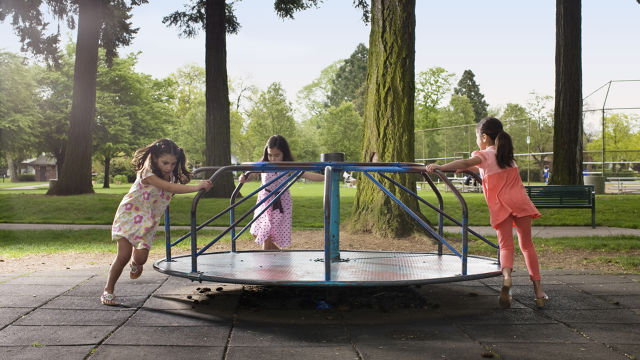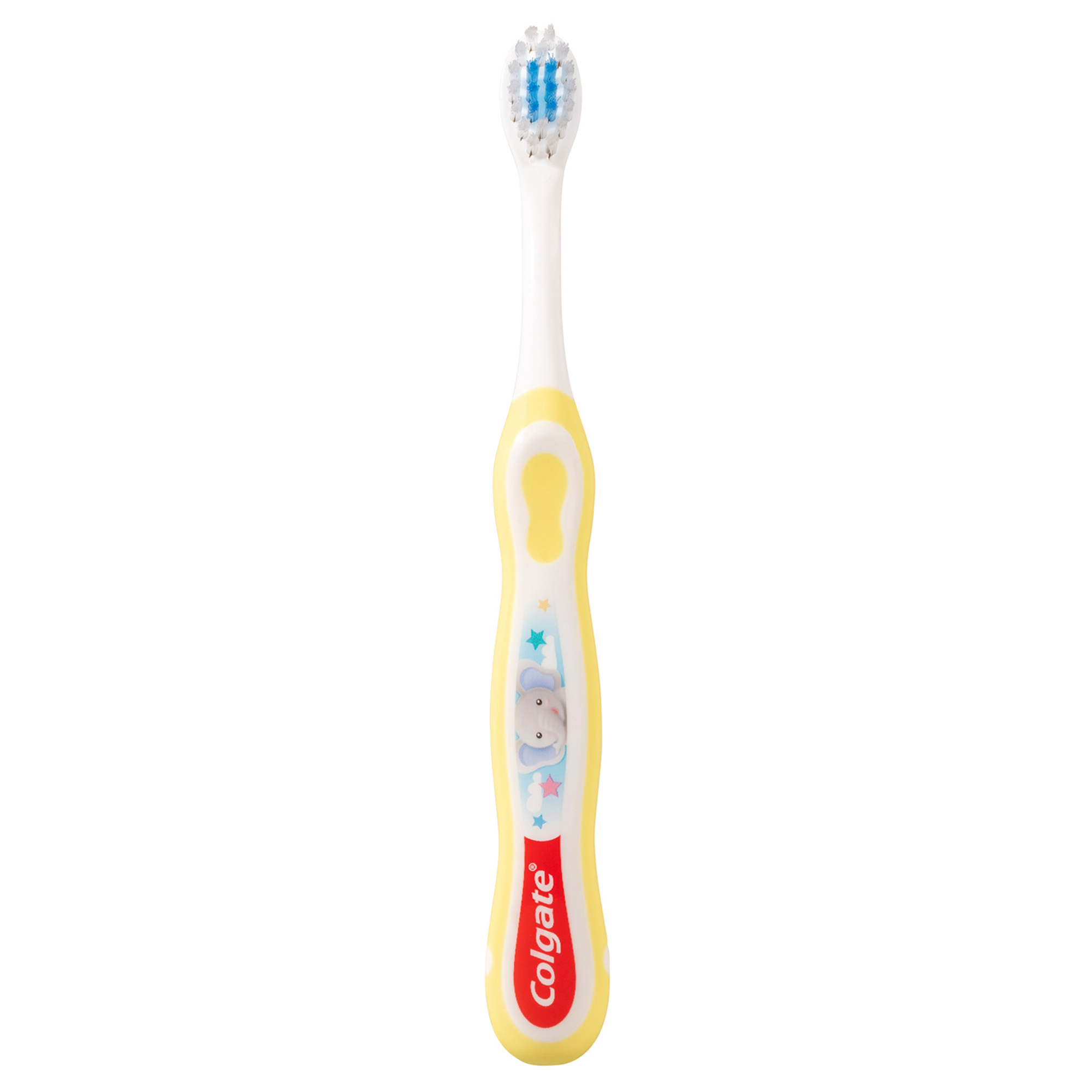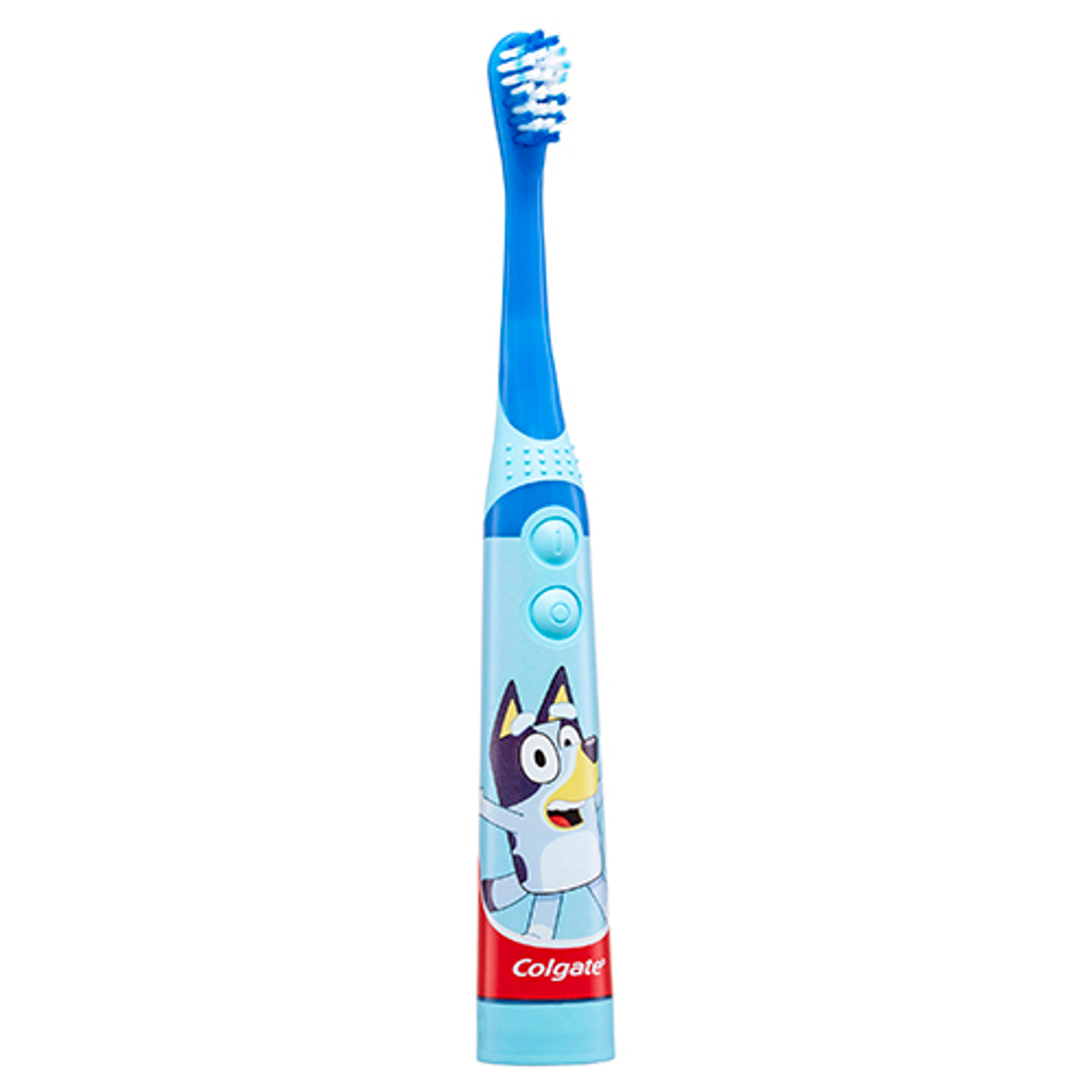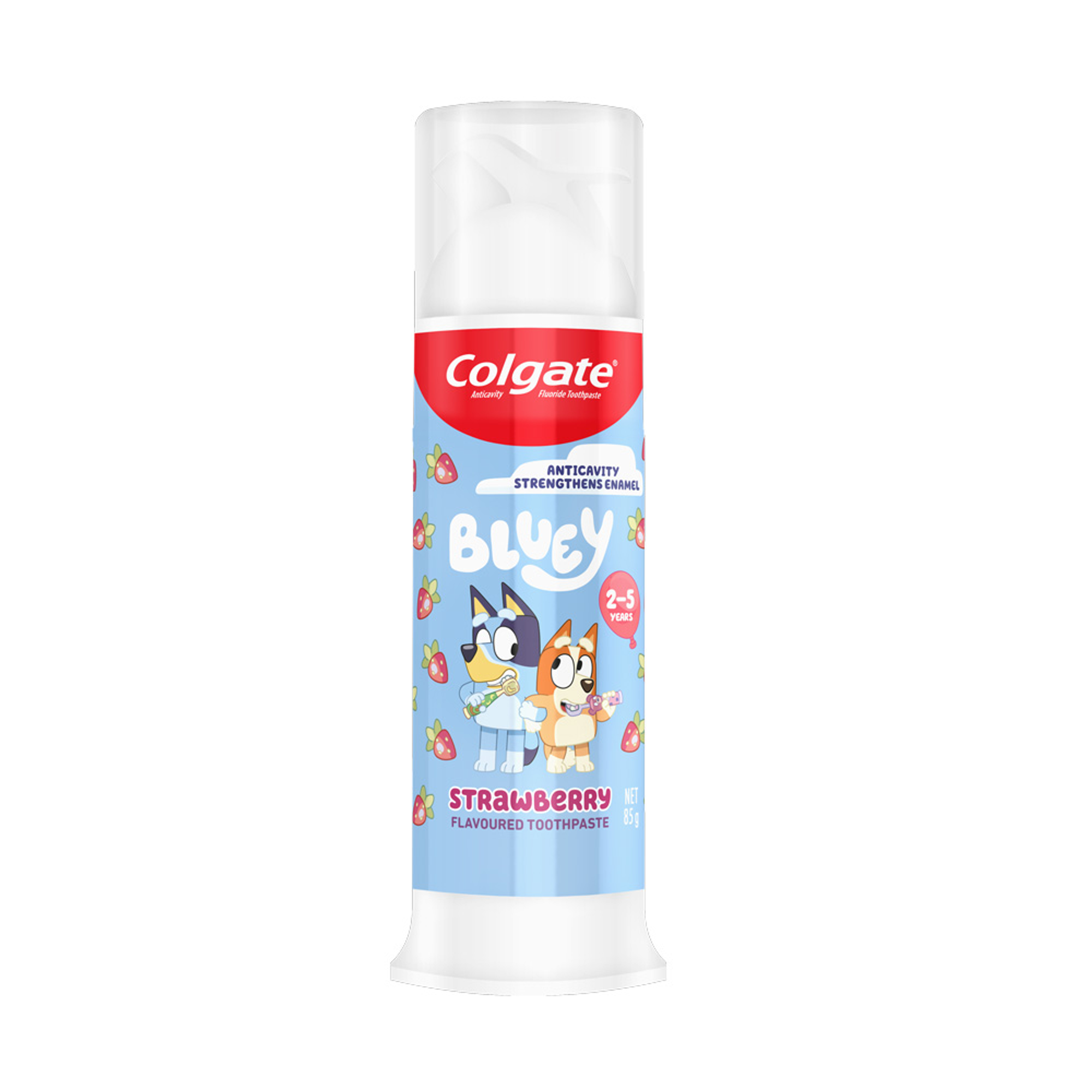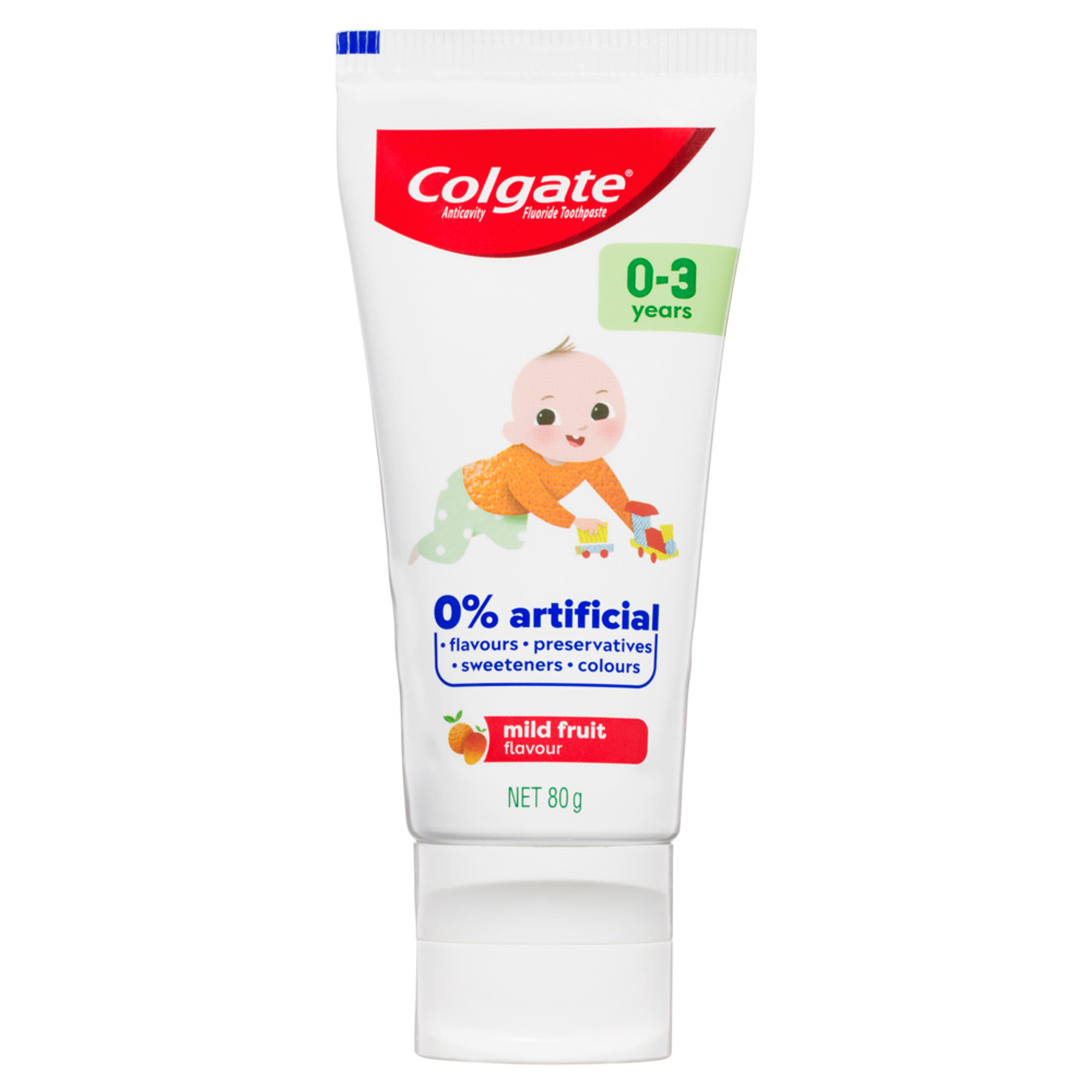How do I help my children care for their teeth and prevent cavities?
Teaching your child proper oral care at a young age is an investment in his or her health that will pay lifelong dividends. You can start by setting an example; taking good care of your own teeth sends a message that oral health is something to be valued. Anything that makes taking care of teeth fun, like brushing along with your child or letting them choose their own toothbrush, also encourages proper oral care.
To help your children protect their teeth and gums and greatly reduce their risk of getting cavities, teach them to follow these simple steps:
- Brush twice a day with fluoride toothpaste to remove plaque, the sticky film on teeth that is the main cause of tooth decay.
- Floss daily to remove plaque from between your teeth and under the gumline, before it can harden into tartar. Once tartar has formed, it can only be removed by a professional cleaning.
- Eat a well-balanced diet that limits starchy or sugary foods, which produce plaque acids that cause tooth decay. When you do eat these foods, try to eat them with your meal instead of as a snack. This limits the frequency of acid attacks on the teeth.
- Use dental products that contain fluoride, including toothpaste.
- Take your child to the dentist for regular check-ups.
What brushing techniques can I show my child?
You may want to supervise your children until they get the hang of these simple steps:
- Use a pea-sized amount of fluoride toothpaste. Take care that your child does not swallow the toothpaste.
- Using a soft-bristled toothbrush, brush the inside surface of each tooth first, where plaque may accumulate most. Use a gentle circular motion at the gumline.
- Clean the outer surfaces of each tooth. Angle the brush along the outer gumline. Use a gentle circular motion.
- Brush the chewing surface of each tooth. Gently brush back and forth.
- Use the tip of the brush to clean behind each front tooth, both top and bottom.
- It is always fun to brush the tongue!
When should my child begin flossing?
Because flossing removes food particles and plaque between teeth that brushing misses, the sooner your child masters how to use floss and it becomes a daily routine the better. A parent can assist young children. By the time they reach age eight, most children can begin flossing for themselves.
What are dental sealants and how do I know if my child needs them?
A dental sealant creates a highly effective barrier against decay. Sealants are thin plastic coatings applied to the chewing surfaces of a child's permanent back teeth, where most cavities form. Applying a sealant is not painful and can be performed in one dental visit. Your dentist can tell you whether your child might benefit from a dental sealant.
What is fluoride and how do I know if my child is getting the right amount?
Fluoride is one of the best ways to help prevent tooth decay. A naturally occurring mineral, fluoride combines with the tooth's enamel to strengthen it. For most children who live in an area with fluoridated water, the proper use of fluoride toothpaste will be sufficient to help prevent decay. For children at high risk of dental decay and without access to fluoridated water, your child's dentist may suggest using fluoride mouth rinse in addition to fluoride toothpaste.
How important is diet to my child's oral health?
A balanced diet is necessary for your child to develop strong, decay-resistant teeth. In addition to a full range of vitamins and minerals, a child's diet should include plenty of calcium, phosphorous, and proper levels of fluoride.
If fluoride is your child's greatest protection against tooth decay, then frequent snacking is the biggest enemy. The sugars and starches found in many foods like biscuits, sweets, soft drinks and even some savoury snacks are food for bacteria in dental plaque and are converted to acids. These acids attack the tooth enamel and can lead to cavities.
Each “plaque attack” can last up to 20 minutes after a meal or snack has been finished. Even a little nibble can create plaque acids, so it is best to limit snacking between meals.
What should I do if my child chips, breaks or knocks out a tooth?
With any injury to your child's mouth, you should contact your dentist immediately. The dentist will want to examine the affected area and determine appropriate treatment.
If your child is in pain from a broken, cracked or chipped tooth, you should visit the dentist immediately. You may want to give an over-the-counter pain reliever to your child until his/her appointment. If possible, keep any part of the tooth that has broken off and take this with you to the dentist.
If a tooth is completely knocked out of the mouth by an injury, take the tooth to your dentist as soon as possible. Handle the tooth as little as possible, do not wipe or otherwise clean the tooth. Store the tooth in a cup of fresh milk until you get to a dentist. It may be possible for the tooth to be placed back into your child's mouth, a procedure called re-implantation.
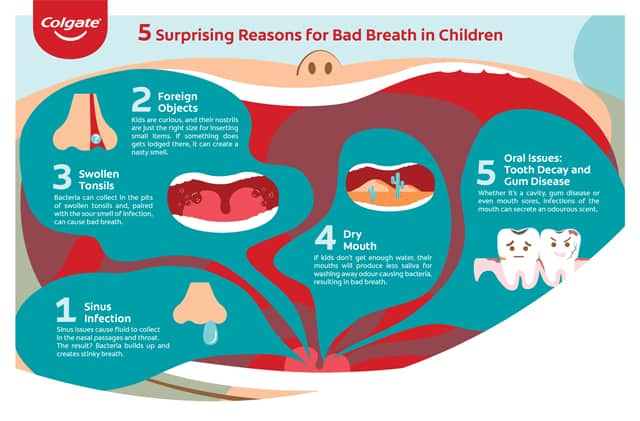
This article is intended to promote understanding of and knowledge about general oral health topics. It is not intended to be a substitute for professional advice, diagnosis or treatment. Always seek the advice of your dentist or other qualified healthcare provider with any questions you may have regarding a medical condition or treatment.







